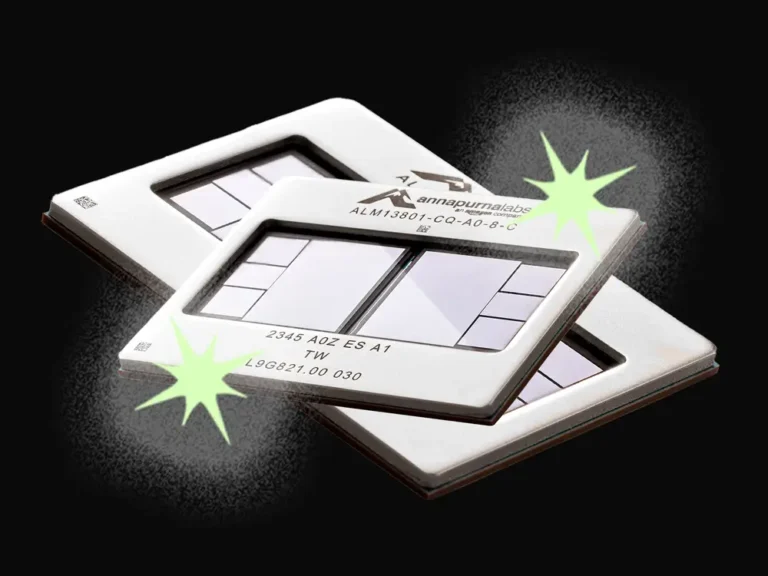Video provides first clear views of WWII aircraft carriers lost in the pivotal Battle of Midway
The first detailed look at three World War II aircraft carriers that sank during the pivotal Battle of Midway may help solve mysteries about the days-long barrage that marked a shift in control of the Pacific theater from Japanese to US forces.
In September, remote submersibles operating 3 miles (4.8 kilometers) below the surface conducted extensive archeological surveys of the Akagi and Kaga, two of the four Imperial Japanese Navy aircraft carriers destroyed during the battle in June 1942, as well as the USS Yorktown.
The high-quality video includes the Akagi’s official identification, as well as new information about the aircraft carriers’ final hours.
The footage shows how the island, or the tall structure that rose above the wooden deck of the Yorktown, was damaged by the extreme heat, and how the crew went to great lengths to keep the American ship from sinking.
Julian Hodges, one of the last living Yorktown veterans who swam six hours with a dislocated shoulder to a rescue ship, sobbed as he watched.
“Boy, she took a beating,” Hodges said, just weeks shy of turning 101. “I just hated to see my ship torn up like that.”
The Yorktown aircraft carrier was discovered in 1998, and the Japanese ships four years ago. However, the Akagi was only tentatively identified, and only a few images of the other two were captured.
Ocean Exploration Trust, founded by Bob Ballard, who led teams that discovered the Yorktown and the Titanic, conducted extensive video surveys of the three ships during a month-long exploration of the Papahnaumokukea Marine National Monument in the Northwestern Hawaiian Islands, about 1,300 miles (2,092 kilometers) northwest of Honolulu.
“We were able to spend over basically three full days on these sites, including two full days on the seafloor, really methodically and thoroughly documenting the entire wrecks,” Ocean Exploration Trust chief scientist Daniel Wagner told The Associated Press via videoconference from the exploration vessel Nautilus.
The surveys were streamed live online, allowing more than 100 scientists, historians, and other experts from around the world to take part in a live forum alongside about two dozen scientists aboard the Nautilus.
Six months after the Japanese attack on Pearl Harbor on December 7, 1941, the Battle of Midway took place. In a surprise attack at Midway Atoll, a tiny group of islands roughly halfway between the US mainland and Asia, the Japanese navy aimed to seize control of the US patrol plane base. The country also wished to destroy what remained of the United States Pacific Fleet.
However, US forces had intercepted communications about the attack and were prepared.
The five-day battle took place about 200 miles (322 kilometers) off the coast of the group of islands. In addition to sinking the Akagi, Kaga, and two other Japanese aircraft carriers, US forces shot down over 250 Japanese planes. Over 3,000 Japanese servicemen were killed.
More than 300 servicemen, approximately 150 planes, and the Yorktown were lost in the battle and sunk by a Japanese submarine about 100 miles (161 kilometers) away while being towed for repairs.
According to Michael Leggins, president of the U.S.S. Yorktown CV-5 Club, a group dedicated to providing information about the ship, only two of the 4,600 or so men who served on the Yorktown from 1937 to 1942 are still alive.
Hodges, one of them, is a retired Baptist minister from Johnson City, Tennessee. He joined the Navy the day after Pearl Harbor and served in the boiler room of the Yorktown during the battle.
In a videoconference interview with the AP, he recalled being trapped between two pipes after two torpedoes exploded, his left arm so tightly pinned that he couldn’t pull it out. His shoulder was also dislocated, which still bothers him 81 years later.
When he was freed with the help of another sailor, he taped a life jacket over his injured shoulder and held on to another to swim more than 3 miles (4.8 kilometers) to a waiting ship. He estimated that the trip would take about six hours.
Robert Taylor, the other surviving Yorktown veteran, needed parental permission to join the Navy on September 12, 1941, at the age of 17. Taylor, who is now 99, was an anti-aircraft gunner during the battle.
Historians knew the crew tried to save the ship by dumping some smaller anti-aircraft guns on the port side. The new video, however, revealed that the sailors also removed the larger guns, according to Hans Van Tilburg, a maritime archeologist and historian for the National Oceanic and Atmospheric Administration’s Office of National Marine Sanctuaries.
The deed “speaks to the dedication of the crew to save their vessel in the last and final moments of that ship’s service,” according to him.
When ordered to abandon ship, Taylor jumped overboard and attempted to swim to a nearby destroyer, the USS Balch, while passing his life jacket to a fellow sailor who couldn’t swim.
But as he got closer to the Balch, the ship began to move away to pick up more men in the water. Taylor claimed he grabbed a line thrown by a crew member with his foot. He got alongside the destroyer and was dragged aboard, but he doesn’t remember much of what happened after that.
“They tell me I was screaming,” he told the Associated Press from his home in Auburndale, Florida. He developed post-traumatic stress disorder as a result of his ordeal.
The carriers will remain in their current location in US-protected waters, preventing them from being looted or turning into tourist attractions like the Titanic.
Wagner claims that the only things taken from the wrecks will be the images and video they share.
Hodges expressed gratitude. “Nobody’s going to get anything out of it,” he stated.
He hopes the video inspires a new generation to think about the costs of war: “Whatever it takes to put wars out of business.”
Taylor joked that he’d like the ship raised just to get the $28 he left in his locker when the ship went down, which is about $530 in today’s money.
Aside from that, the destruction of Yorktown haunts him. “I was really upset because I loved that ship,” Taylor explained. “It took a lot to sink it.”






